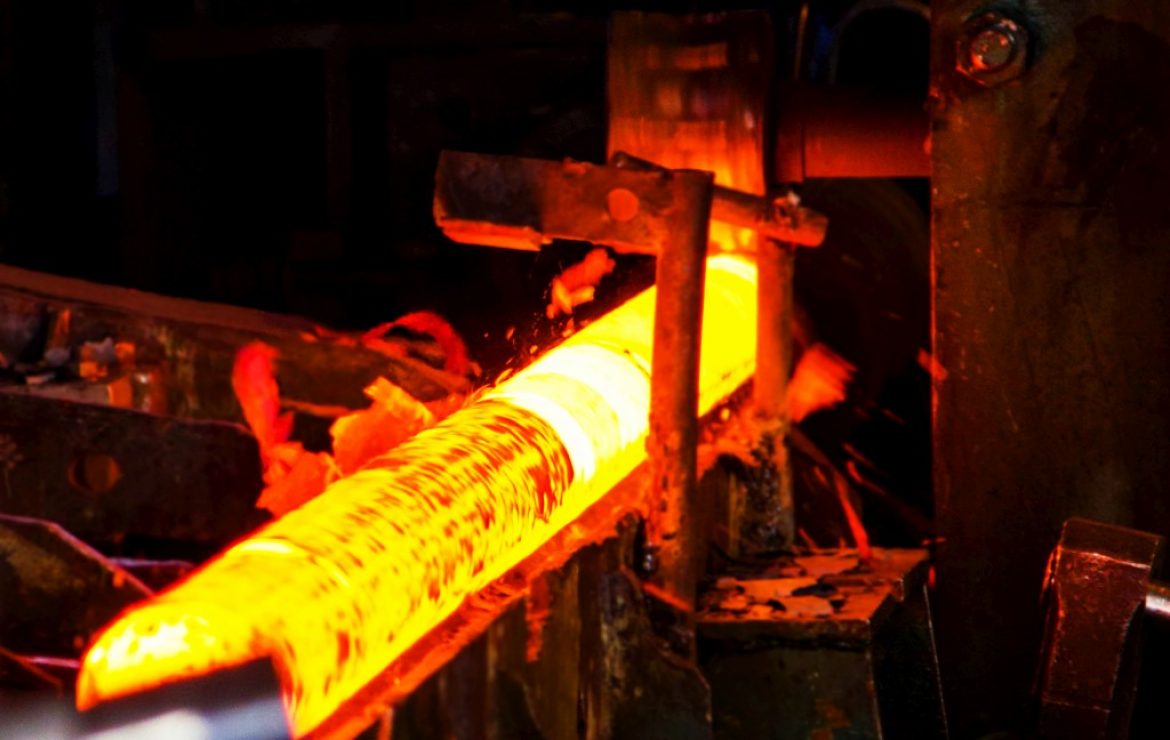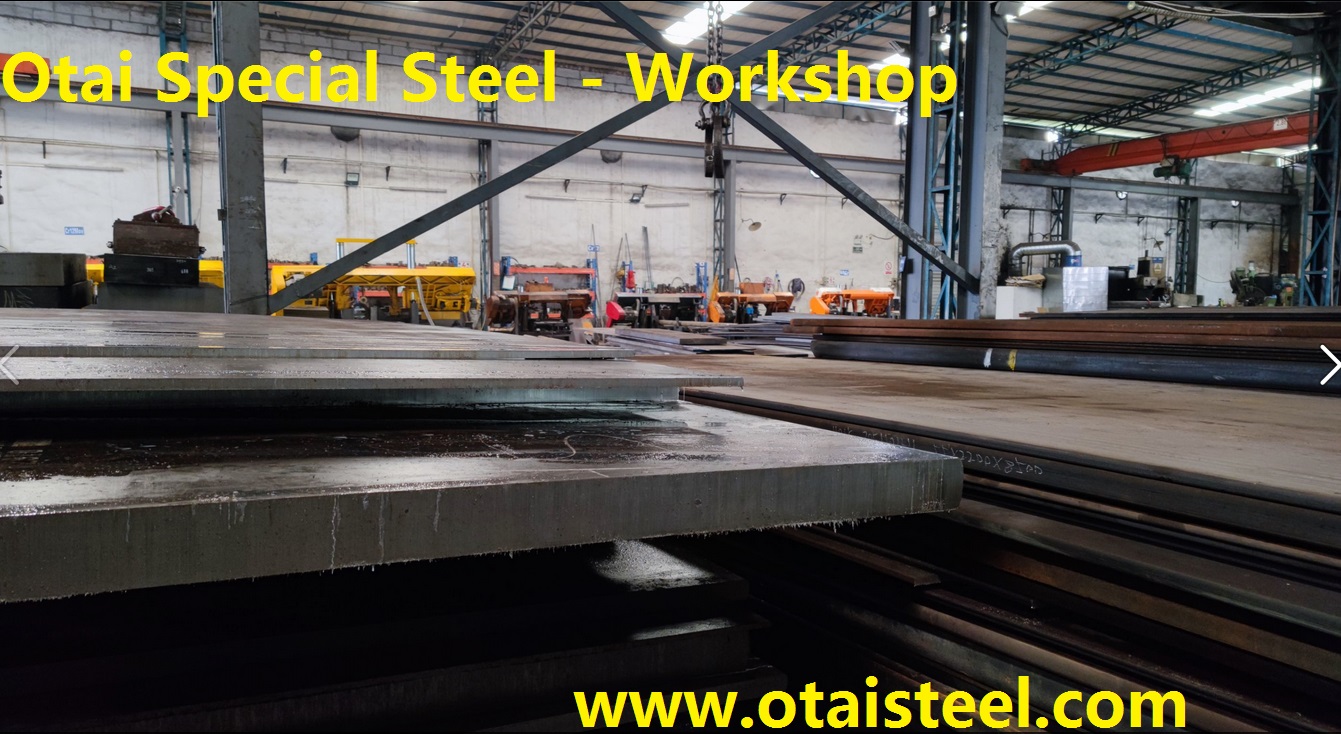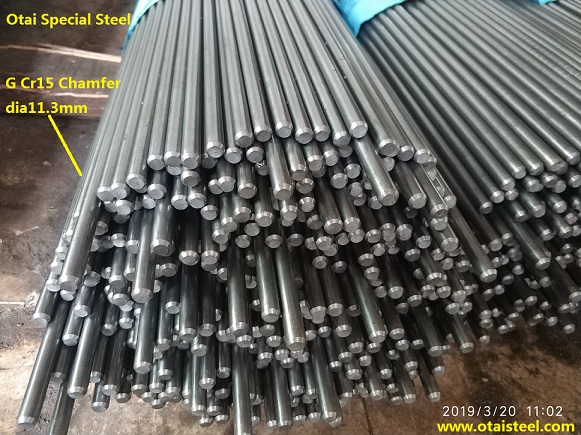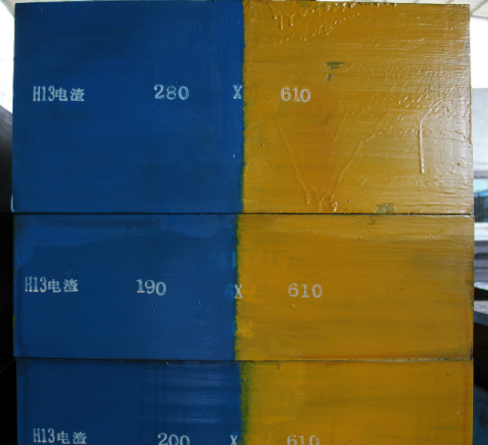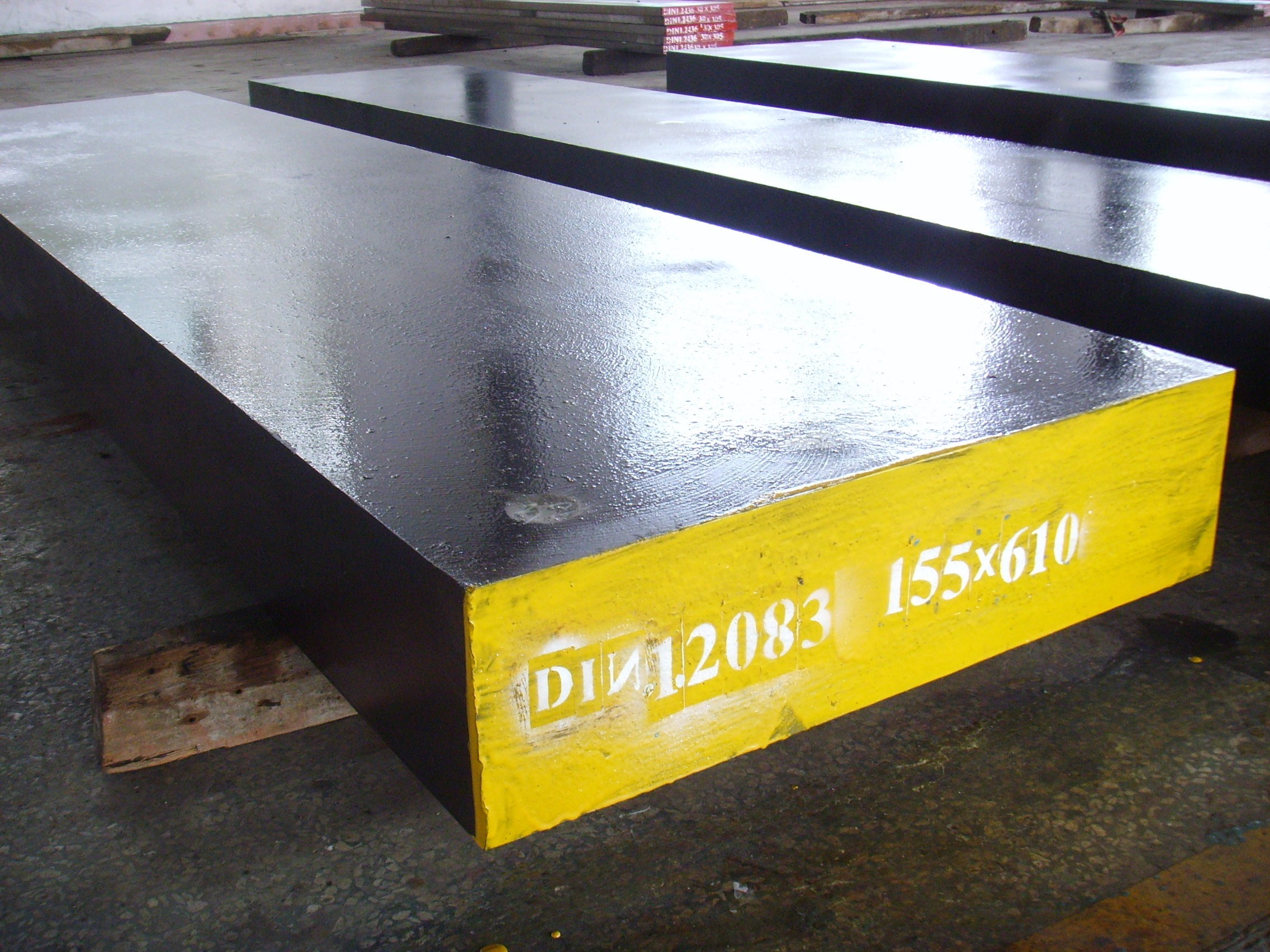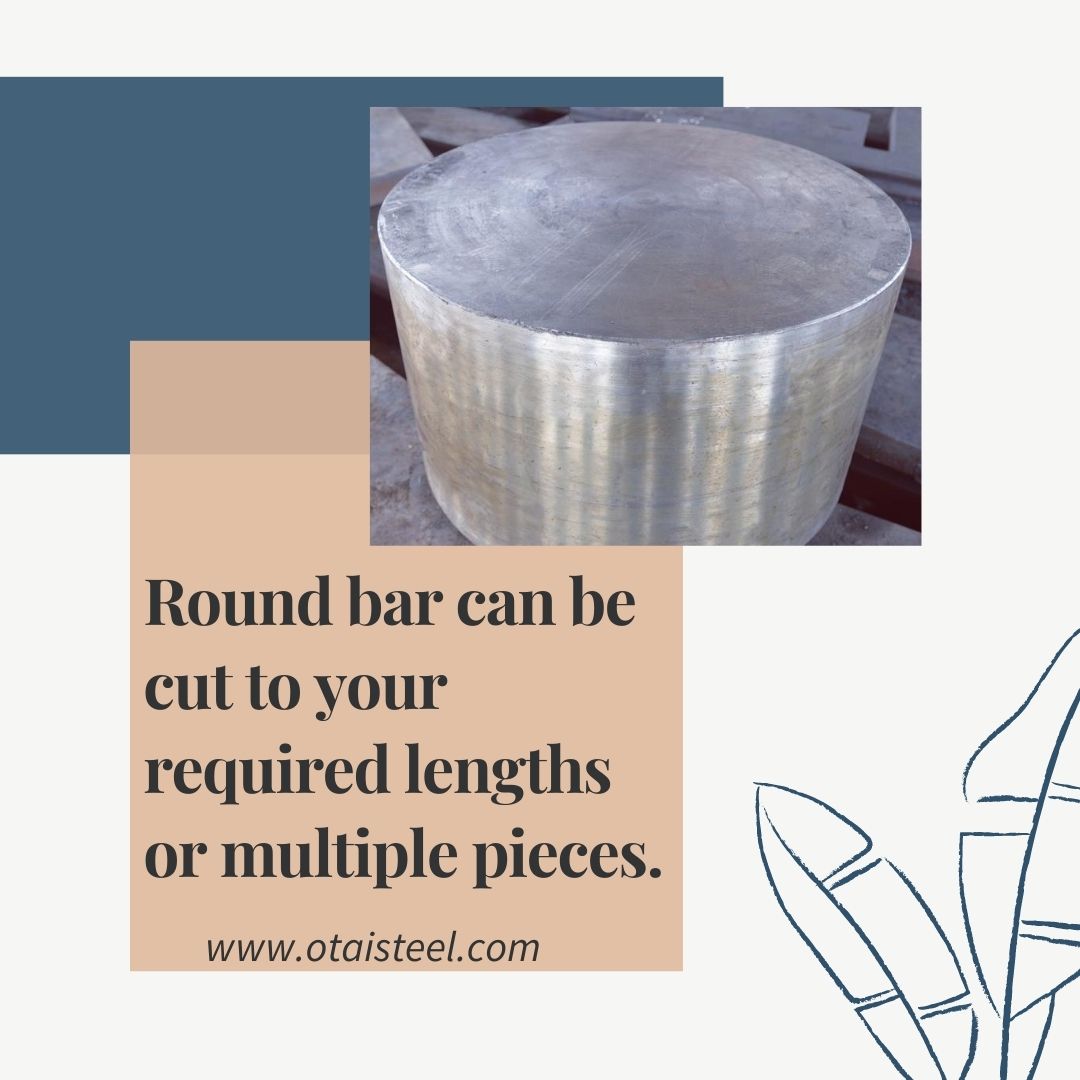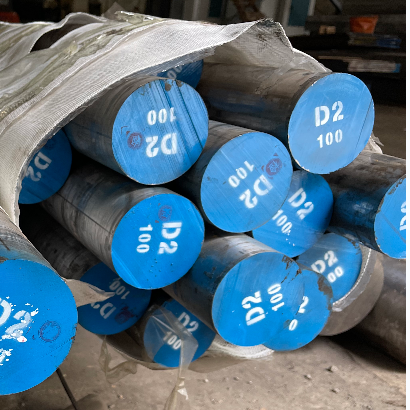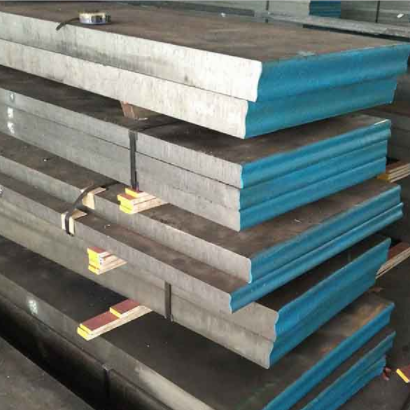Fatigue is a critical phenomenon that affects the performance and reliability of materials under cyclic loading conditions. It is particularly important to understand the fatigue behavior of high-performance steels like 4340 steel, which finds extensive use in various industries, including aerospace, automotive, and oil and gas.
Factors Affecting Fatigue in Materials
Various factors influence the fatigue behavior of materials, including their chemical composition, microstructure, surface conditions, and mechanical properties. In the case of 4340 steel, the alloying elements, such as chromium, molybdenum, and nickel, play a crucial role in determining its fatigue resistance. Additionally, factors like surface finish, residual stresses, and environmental conditions can significantly impact fatigue life.
Fatigue Testing and Analysis Techniques
To evaluate the fatigue behavior of materials like 4340 steel, specialized testing techniques are employed. Fatigue tests involve subjecting specimens to cyclic loading under controlled conditions while monitoring the applied stresses and number of cycles endured until failure. Analysis techniques such as stress-life (S-N) curves, strain-life curves, and fracture surface analysis help in understanding fatigue mechanisms, identifying critical locations, and predicting the fatigue life of components.
Fatigue Behavior of 4340 Steel
4340 steel exhibits excellent fatigue resistance, making it suitable for demanding applications. Its high strength, toughness, and hardenability contribute to its superior performance under cyclic loading conditions. The material’s ability to resist crack initiation and propagate at a slower rate helps in prolonging its fatigue life. However, the fatigue behavior of 4340 steel can be influenced by various factors, including stress levels, surface conditions, and environmental factors.
Influence of Microstructure on Fatigue Life
The microstructure of 4340 steel, which consists of a tempered martensitic matrix with dispersed carbides, plays a crucial role in determining its fatigue life. Factors such as grain size, carbide distribution, and the presence of non-metallic inclusions can affect the material’s fatigue resistance. Optimizing the microstructure through appropriate heat treatment processes can enhance the fatigue performance of 4340 steel.
Surface Treatments for Fatigue Enhancement
Surface treatments are commonly employed to improve the fatigue performance of materials, including 4340 steel. Techniques such as shot peening, nitriding, and surface coatings can introduce compressive residual stresses, enhance surface hardness, and increase resistance to crack initiation and propagation. These treatments help in mitigating the effects of cyclic loading and extending the fatigue life of 4340 steel components.
Improving Fatigue Performance in 4340 Steel
Researchers and engineers continuously strive to improve the fatigue performance of 4340 steel through various approaches. This includes optimizing heat treatment parameters, alloying modifications, and refining microstructure to enhance the material’s resistance to fatigue. Additionally, advancements in surface treatment technologies and the development of novel processing techniques contribute to improving the fatigue properties of 4340 steel.
Real-Life Applications of 4340 Steel
The excellent fatigue resistance of 4340 steel makes it highly suitable for critical applications subjected to cyclic loading. It is widely used in aerospace components, such as landing gear, structural parts, and engine components. In the automotive industry, 4340 steel finds application in high-performance crankshafts, connecting rods, and gears. Furthermore, it is utilized in oil and gas drilling equipment, power transmission systems, and tooling applications.
With its exceptional strength and toughness, 4340 steel continues to be a preferred material choice for demanding applications requiring excellent fatigue resistance. (Fatigue Behavior of 4340 Steel)
